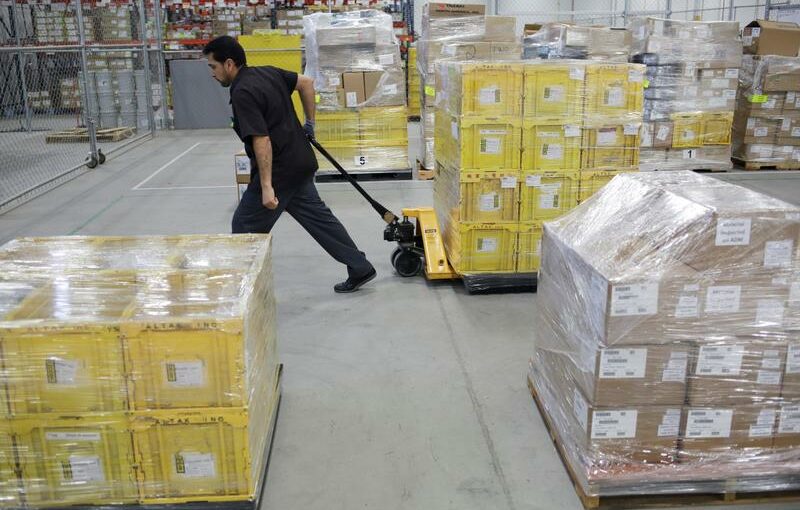MEXICO CITY (Reuters) – Mexico’s factories deteriorated for a 16th straight month in June amid the ongoing COVID-19 crisis and local restrictions, though the pace of contraction was the slowest since the effects of the pandemic first hit Mexico, a survey showed on Thursday.
The IHS Markit Mexico Manufacturing Purchasing Managers’ Index rose to 48.8 in June from 47.6 in May, the highest reading since February 2020 but still below the 50 threshold that separates growth from contraction.
The index has been clawing its way higher gradually after plummeting to 35.0 in April 2020, by far the lowest reading in the survey’s 10-year history.
“Firms continued to signal lower sales, falling production and job shedding, but tentative signs of a recovery in demand curbed the respective rates of contraction,” said Pollyanna De Lima, Economics Associate Director at IHS Markit.
Most of the PMI’s sub-indexes remained below the 50.0 mark, despite rising from May, though input prices and business expectations increased above that threshold.
Business confidence improved for a third straight month to its highest level since the start of 2020 on the back of “hopes of greater vaccine and raw material availability,” said De Lima. “Firms also foresee an economic recovery and a pick-up in demand in the year ahead.”
Mexico’s President Andres Manuel Lopez Obrador in mid-June forecast that by the third quarter the Mexican economy will reach pre-pandemic levels, after gross domestic product contracted by some 8.5% last year driven by pandemic-related fallout.
Ratings agency S&P on June 24 raised its forecasts for Mexico’s economic growth to 5.8% for this year and 2.9% in 2022, saying Latin America’s second-largest economy was benefiting from a strong U.S. recovery, via manufacturing exports and remittances.
Source: Read Full Article
